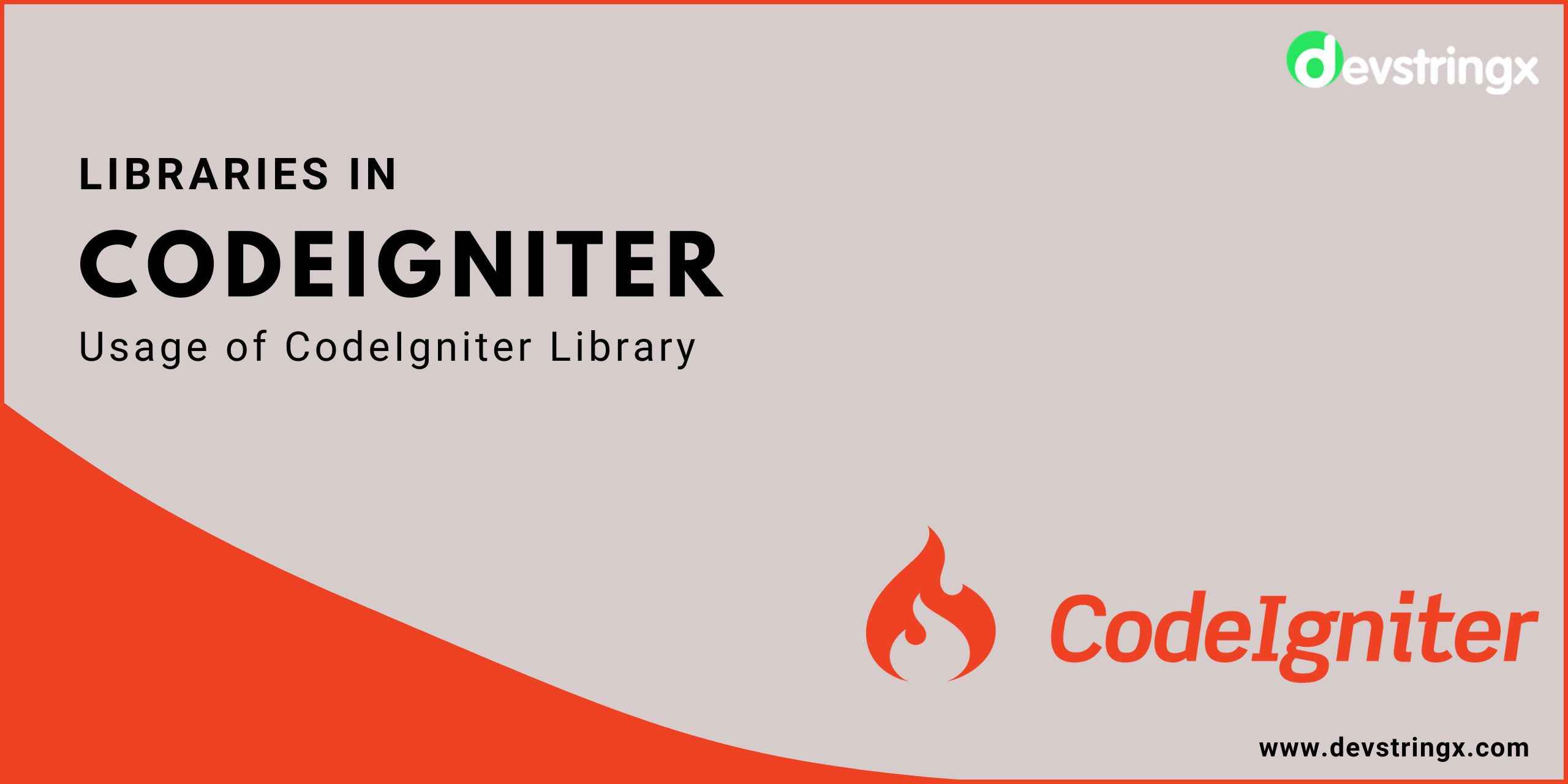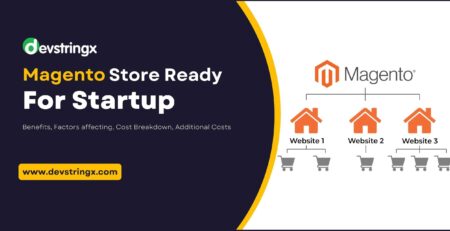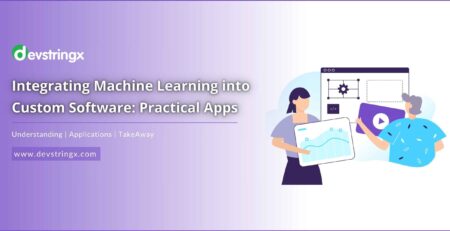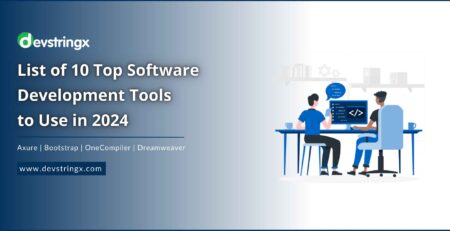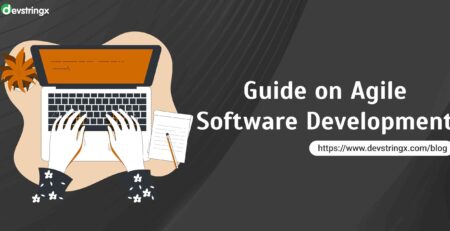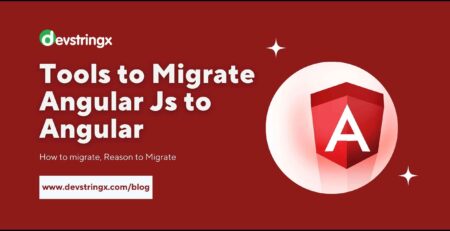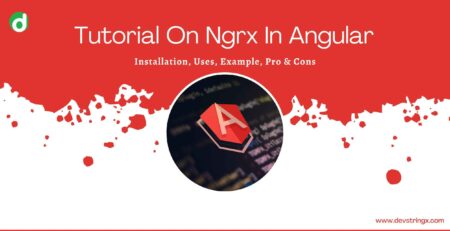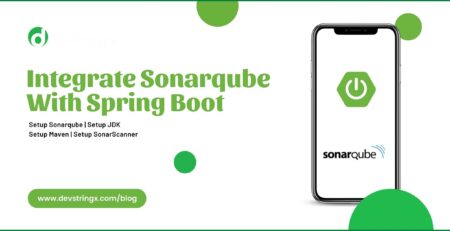What are Libraries in CodeIgniter?
What Is CodeIgniter?
CodeIgniter comes bundled with two major libraries: jQuery and AJAX. jQuery is an awesome library that is used to make cross-browser effects and animations. AJAX stands for Asynchronous JavaScript and XML. It is a technology that allows you to make HTTP requests to a server without refreshing the page.
What Are Libraries In CodeIgniter?
The purpose of a library is to provide a convenient, reusable, and well-tested solution to a common problem. It should provide a well-defined API, meaning a set of functions that are easily accessible to a developer. A library should not include any logic on its own. It should be able to be used independently from the framework or programming language it was developed in.
CodeIgniter has several libraries that can use in your application. The libraries are designed to do specific tasks and many libraries do the same task. This means that you can choose the one that suits your needs best. For example, there are 2 libraries for sessions. The first is a native session handler that uses cookies and maintains the session on the server. The other is a session handler that uses the database to store the session data. Both perform the same task but one uses cookies and the other uses the database.
Usage of CodeIgniter Library
CodeIgniter library is a set of functions that use to extend the core CodeIgniter framework. It is a collection of classes that can use to add functionality to your application. The library itself is not a core part of CodeIgniter and can remove or update as needed. Like other libraries, it adds to your application using the library() function. Now you can use CodeIgniter Library in your CodeIgniter application.
Recommended to Read:- What Is Codeigniter In PHP and Its Benefits?
Scope of a Library
CodeIgniter uses libraries to separate your code into logical chunks so that each piece of code can develop and updated independently. This saves time by allowing you to update a library without affecting other libraries and/or your application. CodeIgniter library files have the .php extension. All of the libraries in CodeIgniter are stored in the /libraries folder. You may create your libraries for other developers, but most developers will find that the libraries already included with CodeIgniter meet their needs.
Libraries In CodeIgniter
One of the many features of the CodeIgniter framework is that it comes with libraries that are useful in developing applications. CodeIgniter comes with libraries that are useful in developing applications but the number of libraries provided by CodeIgniter is not so big. This is not a drawback because the libraries provided by CodeIgniter are more than enough to develop better applications.
The CodeIgniter library system is a native feature of the CodeIgniter framework. The library system allows for the separation of business logic from the core framework. The CodeIgniter library system features a robust API for managing the library files, a centralized library directory, and an auto-loader that handles library file inclusion with ease. It has many libraries that can use to make your development process as smooth as possible.
What Are Major Libraries?
The main libraries in CodeIgniter are the libraries: CI_Controller and CI_Model. The CI_Controller library is the heart of CodeIgniter. It is responsible for the ability to run MVC, unlike other frameworks that don’t have this feature. The CI_Model library is responsible for the ability to use database transactions and interact with a database.
CodeIgniter comes bundled with other major libraries: jQuery and AJAX. jQuery is an awesome library that use to make cross-browser effects and animations. AJAX stands for Asynchronous JavaScript and XML. It is a technology that allows you to make HTTP requests to a server without refreshing the page.
“Drop a message to find out more about our Codeigniter Web Development Services!”

